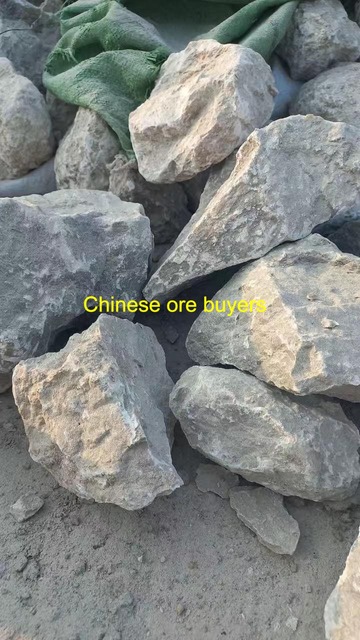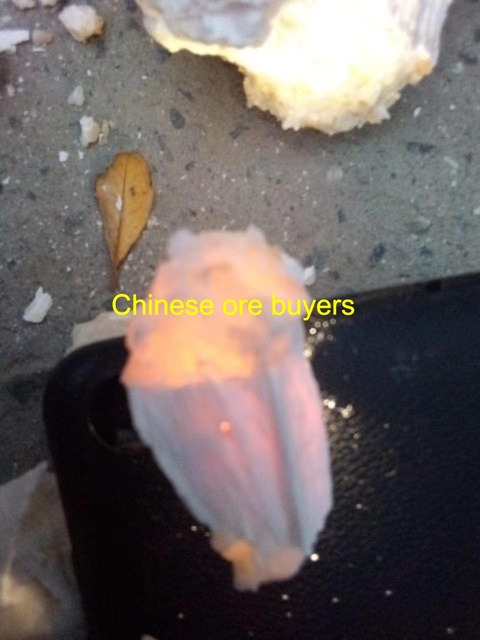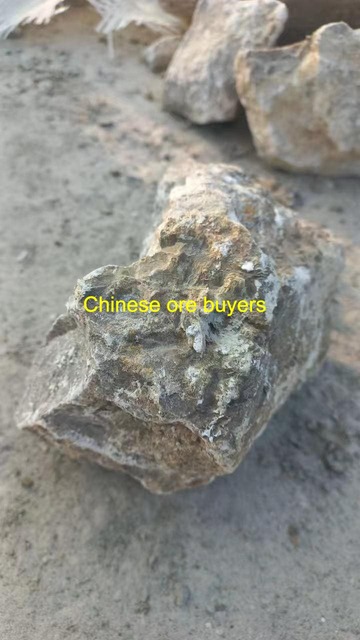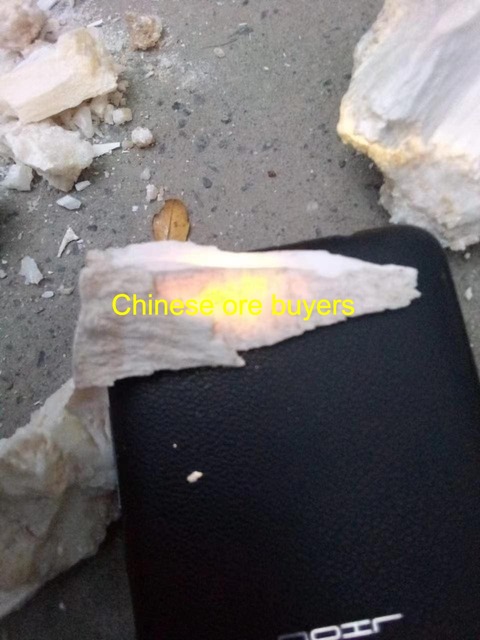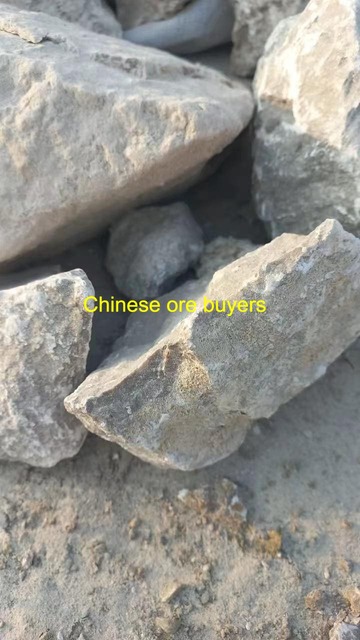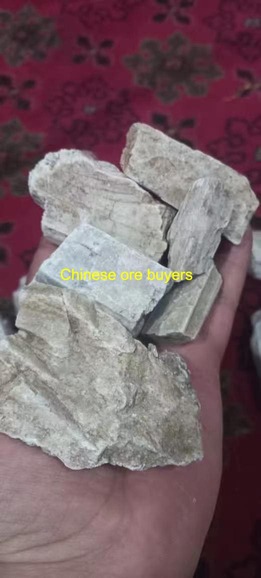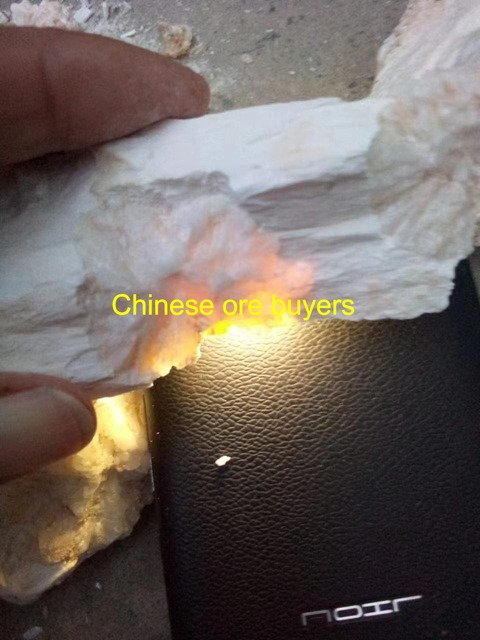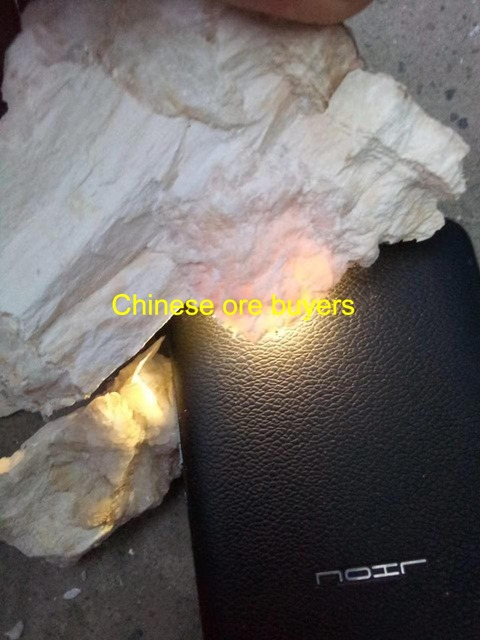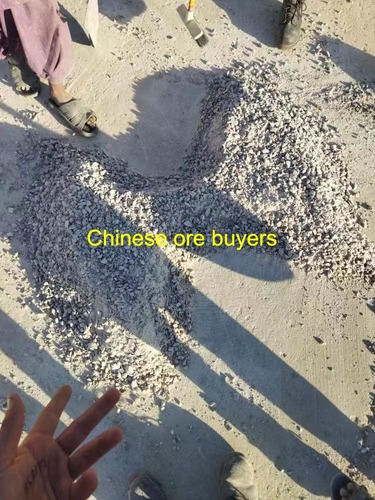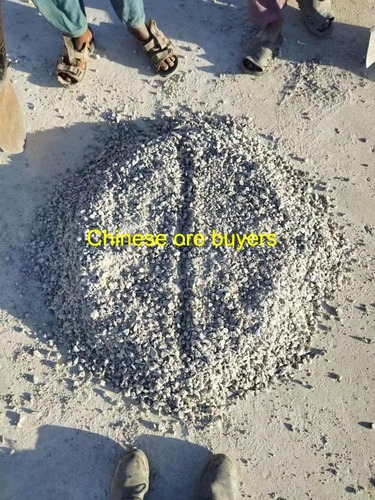Home » Lithium Pyroxene » South Africa Lithium Pyroxene 7
South Africa Lithium Pyroxene 7
We have many mineral resources such as non-ferrous metals, precious metals and so on at home and abroad, and high tech mineral smelting production base, especially antimony and gold smelting. At the same time, we cooperate with scientific research institutions, actively invest in the research and development of mineral processing reagents, and export mining machinery and equipment of well-known Chinese companies as agents. Provide all-round technical service support for domestic & foreign mines.
Contact US
Get Price
Share:
Previous:
Content
Inquiry
More Lithium Pyroxene



